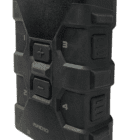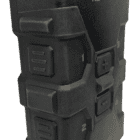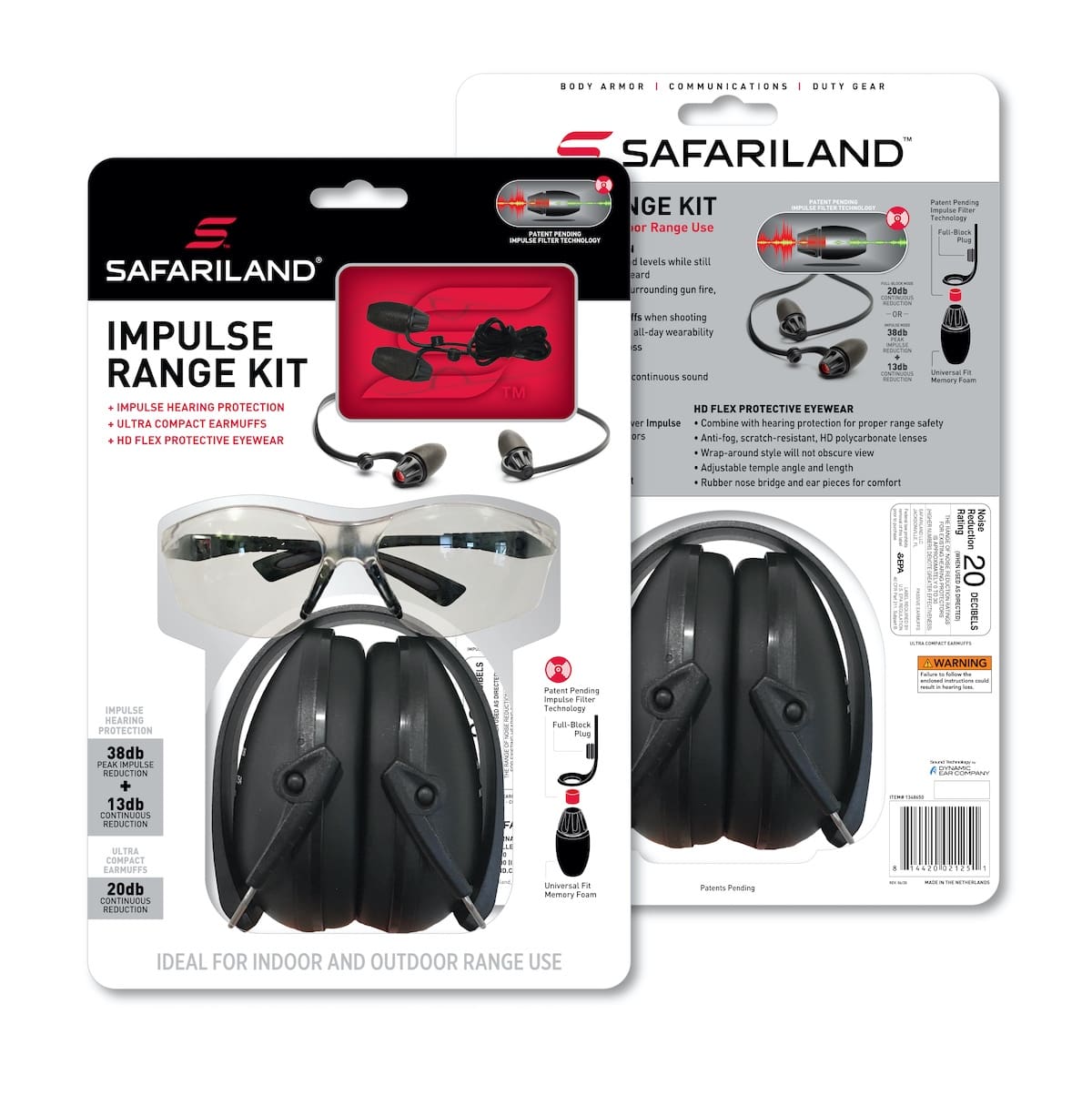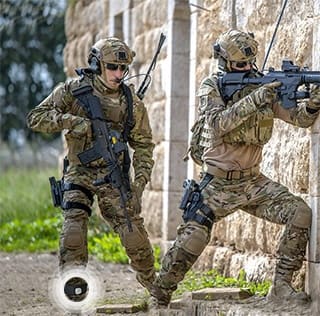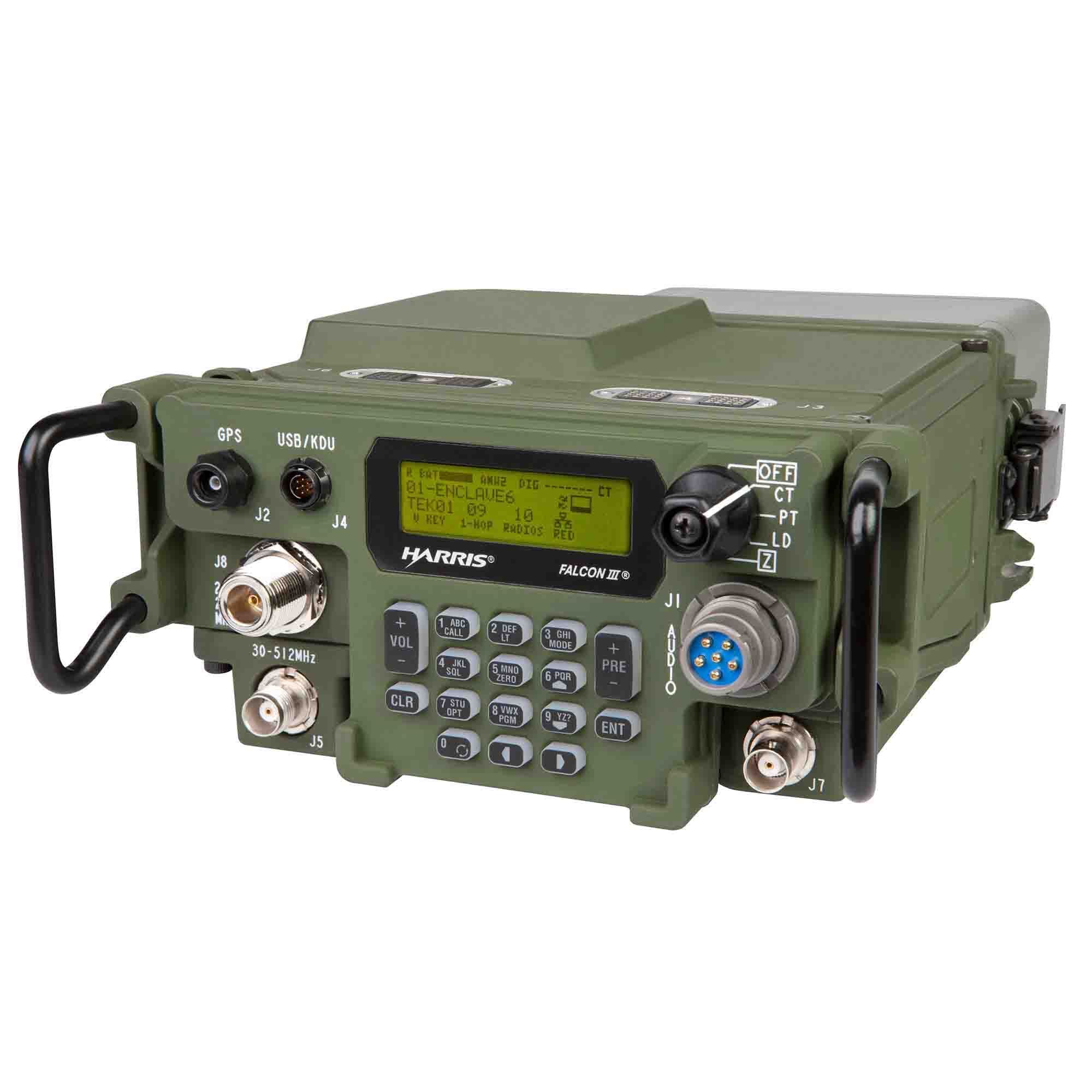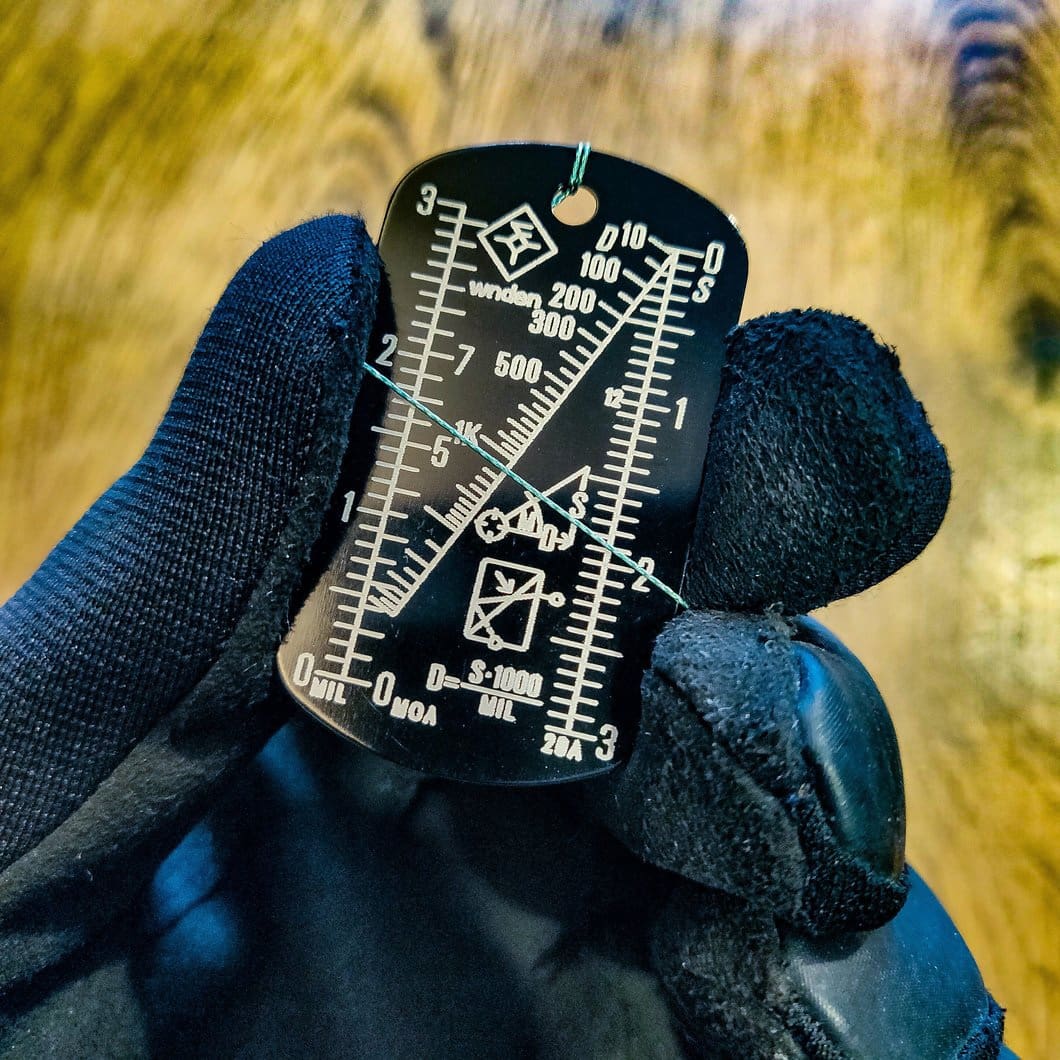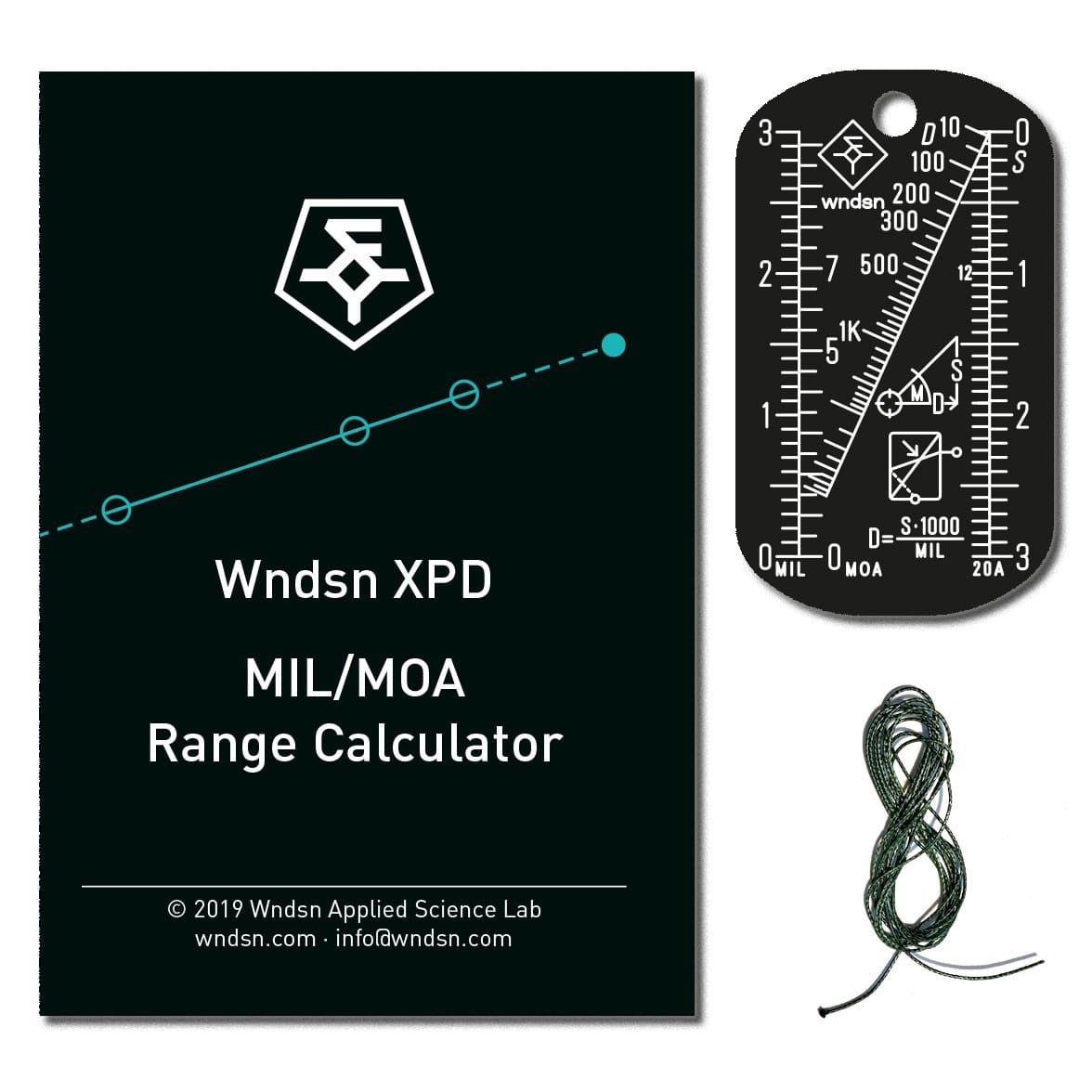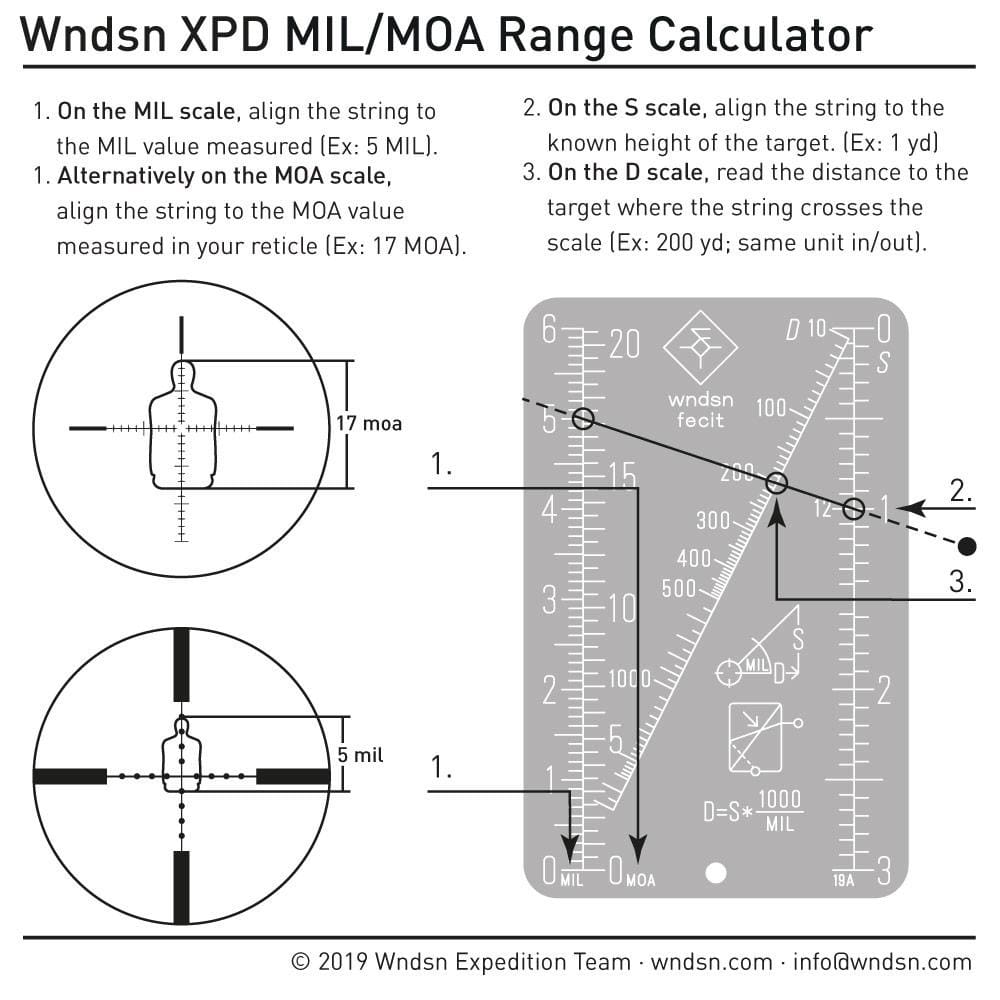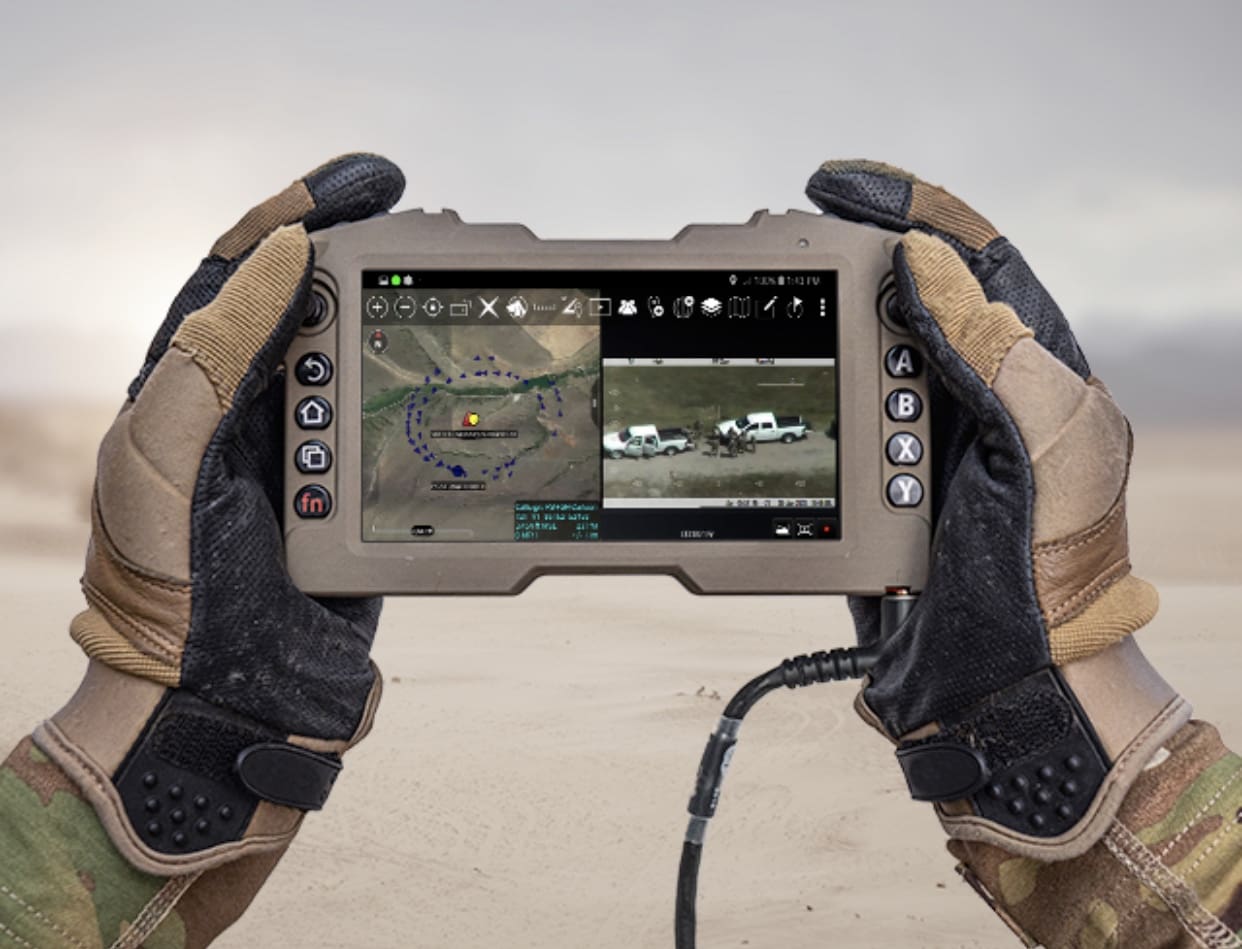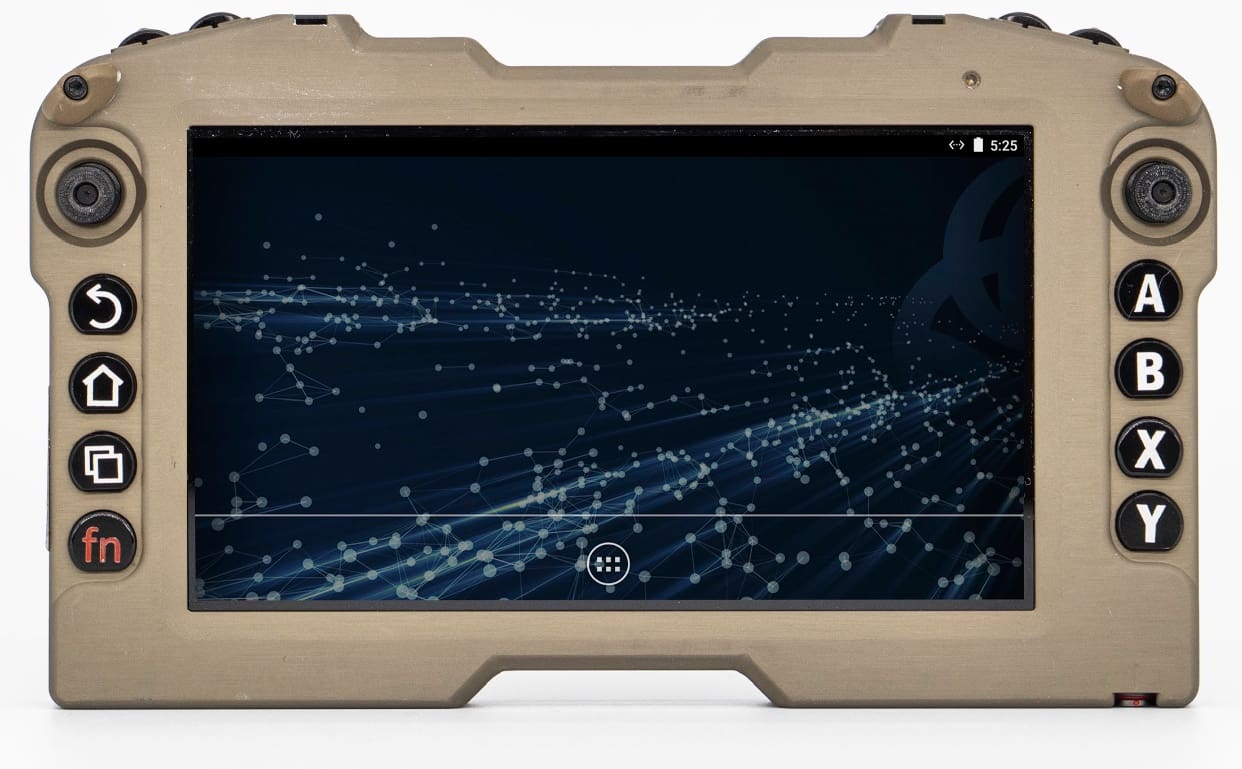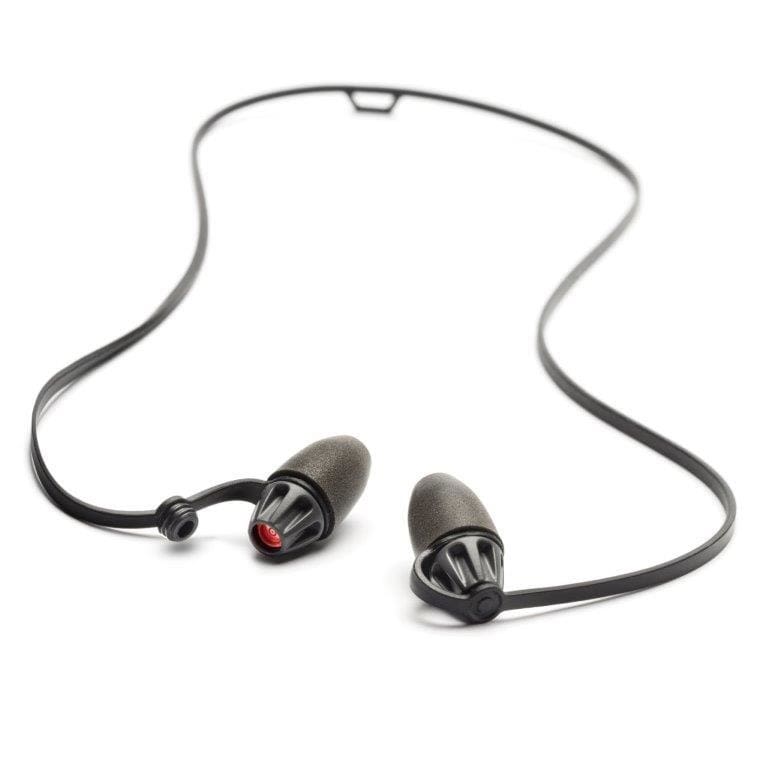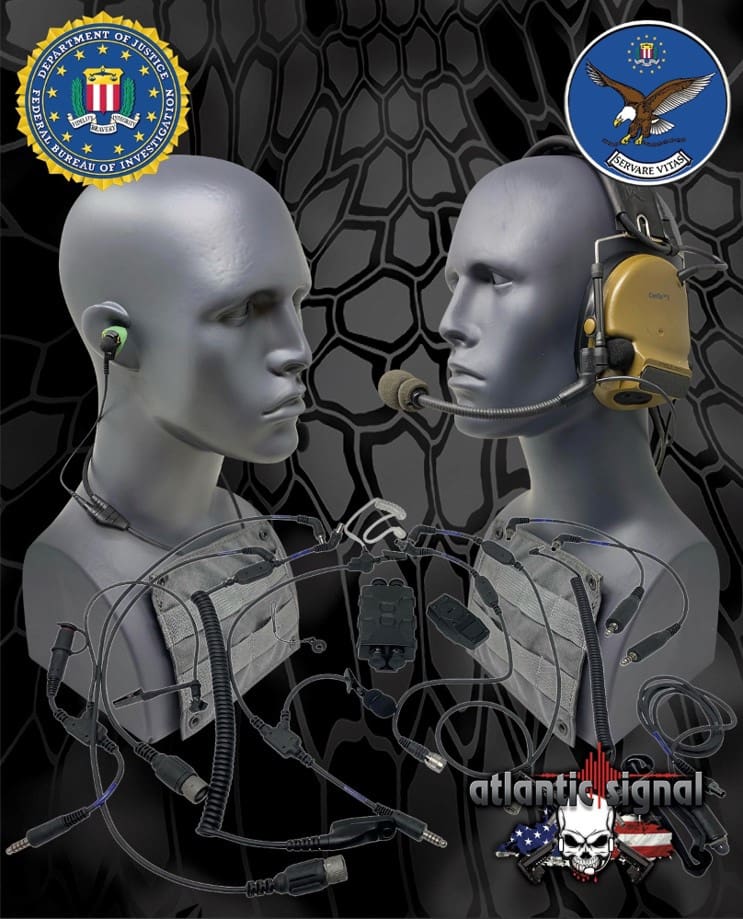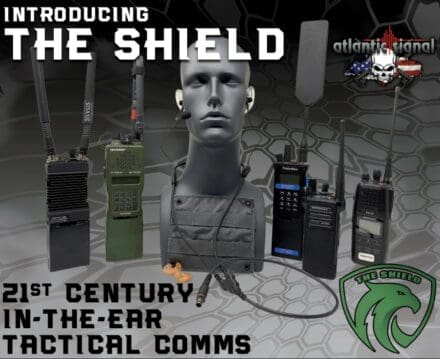
The “SHIELD” is comprised of a set of earpieces with boom microphone, push-to-talk and assorted ancillary products.
“We were approached by a Federal LE client of ours looking for an alternative “in-the-ear” communication solution. To date, the client had seen solutions from two other vendors that did not meet the client’s tactical needs. Those offerings included two electronic earpieces that served three purposes: Radio/Intercom RX and TX along with electronic hearing protection. Upon testing, the client found flaws with these systems, including: their systems did not work with all of the radio / ICS platforms they employed / the system’s In-the-Ear TX mics were not stable – meaning they moved in the ear – losing contact with the bones/cartilage in the ear used for voice transmission / the PTT was too complicated for end-users and / or the earpieces caused ear fatigue over extended periods of use”, stated Randall Hedrick, President and Managing General Partner of Atlantic Signal.
“We have worked with Phonak, out of Switzerland, for nearly two decades and utilized a modified version of one of their earpieces on a comms suite we developed originally for NSWDG called the Dominator II back in the early 2010s. Phonak is one of the world’s largest hearing aid designers and manufacturers so we felt very comfortable working with them by blending our capabilities to address niche market requirements. Taking the base Phonak product, which is currently utilized by all referees in FIFA, the NFL and College Football, we modified their product for a much different use – tactical communications”, Hedrick said.

“The SHIELD miniature earpieces provide active hearing protection with two distinct alternatives to the competition. We offer custom earmolds to avoid ear fatigue and unintended dislodging from the ear due to sweat. Secondly, our system does NOT utilize an in-the-ear bone or air microphone for TX – rather our system has a very low-profile, ruggedized, noise cancelling boom microphone for transmitting the user’s voice. Further, we wanted to be able to ensure the earpieces would not dislodge and did not have to regularly and expensively be switched out on a weekly or bi-weekly basis. The SHIELD earpieces feature custom ear shells that can be snapped on and off the electronics. The shells are incredibly lightweight, fit securely and offer the operator an alternative to systems that feature expensive ear tips that require constant replacement. Further we’ve always stated that ‘you have ears to hear and a mouth to speak’ – therefore we didn’t want to develop a system that picked up the voice to transmit radio comms through a bone in the ear or air in the ear canal. We recognize the success several in-the-ear suppliers have had in the past but through the years we’ve listened to operators who used those systems and were more than anxious to share the good and bad of their experiences with those technologies”, Hedrick added.
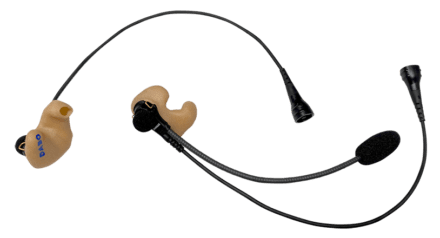
What are the SHIELD Earpieces? – The SHIELD earpieces have dynamic or active hearing protection that features level-dependent electronic sound reduction – an excellent blend of capabilities for the operator who regularly finds his/herself in fluctuating levels of loud environmental noise. The earpieces were designed to allow use of both replaceable ear tips and custom ear shells (our recommendation) to the wearer. The ear shells can be snapped on and off, allowing the system to be handed off to another operator who can then snap his/her custom ear shells onto the system. The SHIELD earpiece circuitry provides hearing protection by continuously measuring the operator’s environmental noise levels and adapting each earpiece’s attenuation (aka in-the-ear noise reduction) accordingly. In essence, the SHIELD earpieces do not excessively reduce the noise in the wearer’s environment – providing the wearer with consistent situational and directional awareness. Dangerous sound levels are instantaneously reduced to safe in-ear levels. This rapid-fire response ensures that even short ‘impulse noises’ such as gunfire, are dampened the moment they occur. As environmental sounds return to a safe range, the attenuation is automatically reduced, providing the wearer full ambient awareness, localized warning signals and the ability to hold natural conversations with others.
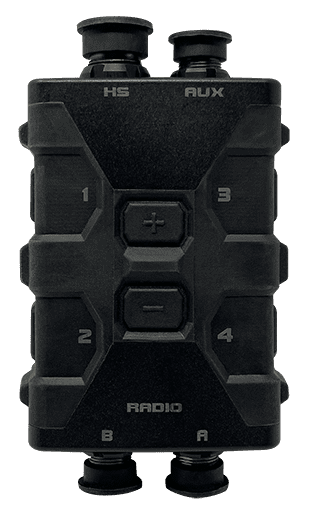
In addition to the SHIELD earpieces, Atlantic Signal also developed an all-new push-to-talk aptly named the ‘SHIELD PUSH-TO-TALK’. The SHIELD PTT meets USSOCOM’s maritime exposure rating of 10 meters of exposure in fresh or saltwater up to and including 10 hours. The SHIELD PTT is manufactured of polycarbonate / ABS with a black TPE over-mold and can be mounted to gear via the blackened steel MOLLE clip located on the backside of the PTT housing. The overall housing size is an ergonomic 4.39” x 2.67” x 1.18” and features silver plated copper acrylic RF shielding. The SHIELD was designed to handle today’s multi-band / multi-net radios including those manufactured by THALES, Harris RF, Trellisware and Silvus as well as commercial law enforcement portables and standard issue military 6 pin radios. The face of the SHIELD PTT housing features a volume up and volume down button allowing the earpiece wearer to adjust the amplification of his/her environment. Atlantic Signal designs and manufactures hundreds of different radio cable assemblies and the SHIELD PTT design allows operators to plug and play cables as needed and remove and stow away when not required. The cables feature a 60- degree angled connection to the PTT housing, providing ease of access for connecting and disconnecting the cables from the PTT box. The cabled connectors, when seated into the box mounted receptacles, are cocked inward at a 45-degree angle so they are tight against the wearer’s vest – protected against snags and hang ups. Custom cable lengths are also available for most cables when ordering.

“We felt it was time for an alternative in-the-ear solution. Possessing such an expansive base of hearing protection professionals / engineers, we did not hesitate to engage Phonak and ultimately ruggedize their product for tactical use. As stated earlier, we originally designed this system with a specific client in mind – the Federal Bureau of Investigation’s Hostage Rescue Team (HRT). We recently received HRT’s blessing along with our second consecutive five-year contract to provide the FBI’s Special Operation Units (SOU) nationwide and HRT (we also hold the contract for the FBI’s Critical Incident Response Group (CIRG). The Bureau was our test bed for not only the earpiece modifications but also the SHIELD PTT, assorted cables plus the ComTac VI circum-aural headset with the NIB feature. The SHIELD system is now scheduled for test and evaluation with numerous USSOCOM customers”, Hedrick added.
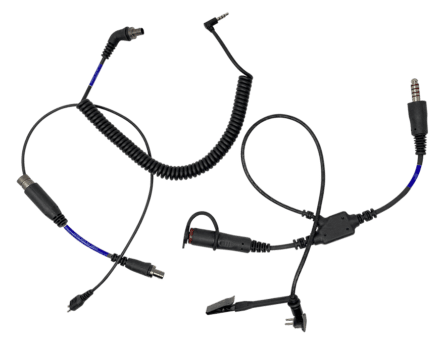
Atlantic Signal is based out of Topeka, Kansas and specializes in tactical communications. Capabilities include development, design, manufacture and sales of tactical communication headsets, push-to-talks, cables and additional SKUs. The company has teams dedicated to product design and development, mold design and manufacturing, cable design and manufacturing, CNC and 3D prototype production, laser engraving and cable production among others. The company was founded in 1989 and thirty-one years later, design and manufacture over 1,000 product and variants for use by tactical law enforcement, traditional military as well as Special Operations clientele around the world.
Additional information can be found at atlanticsignal.com.


